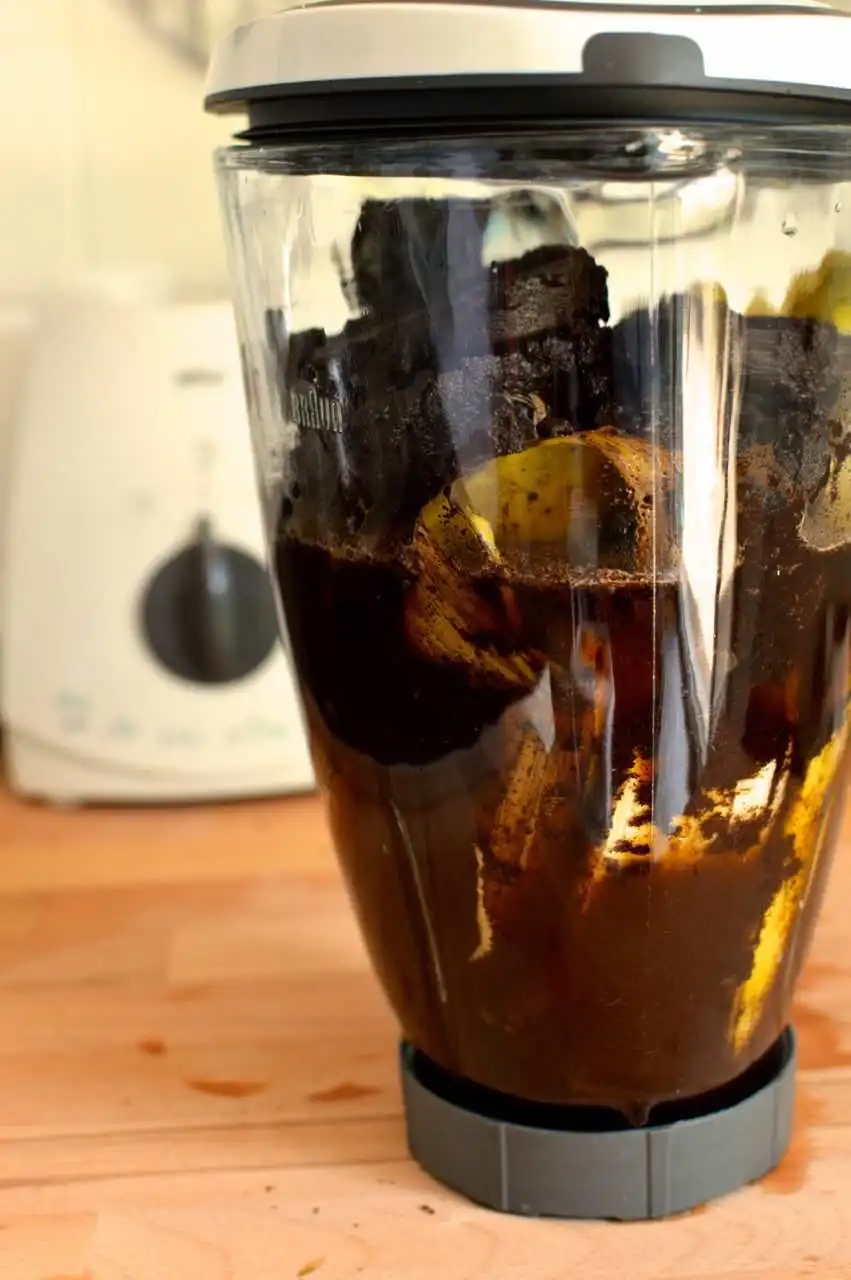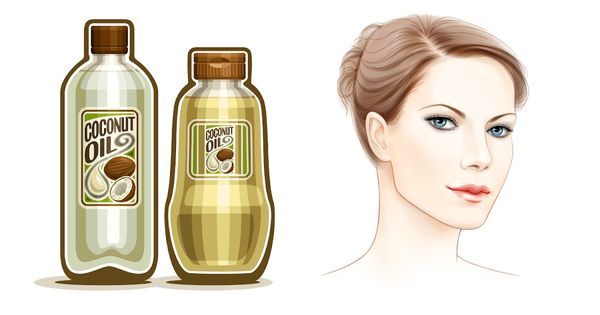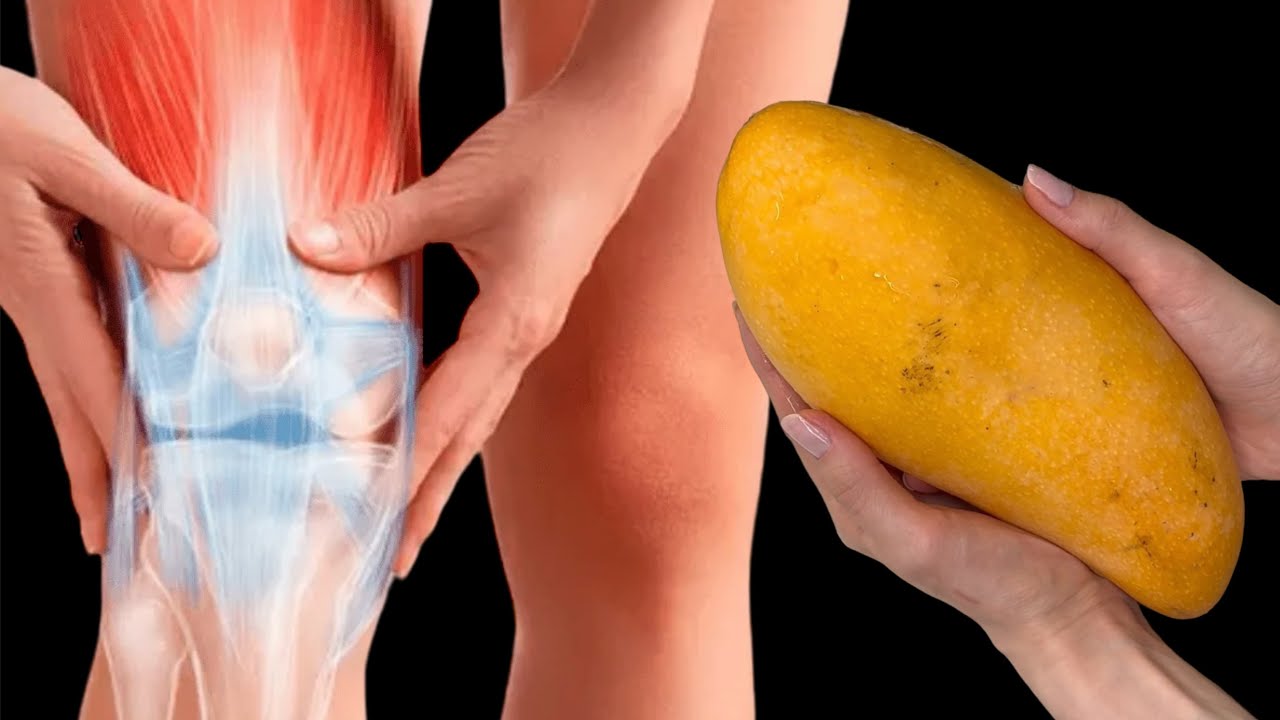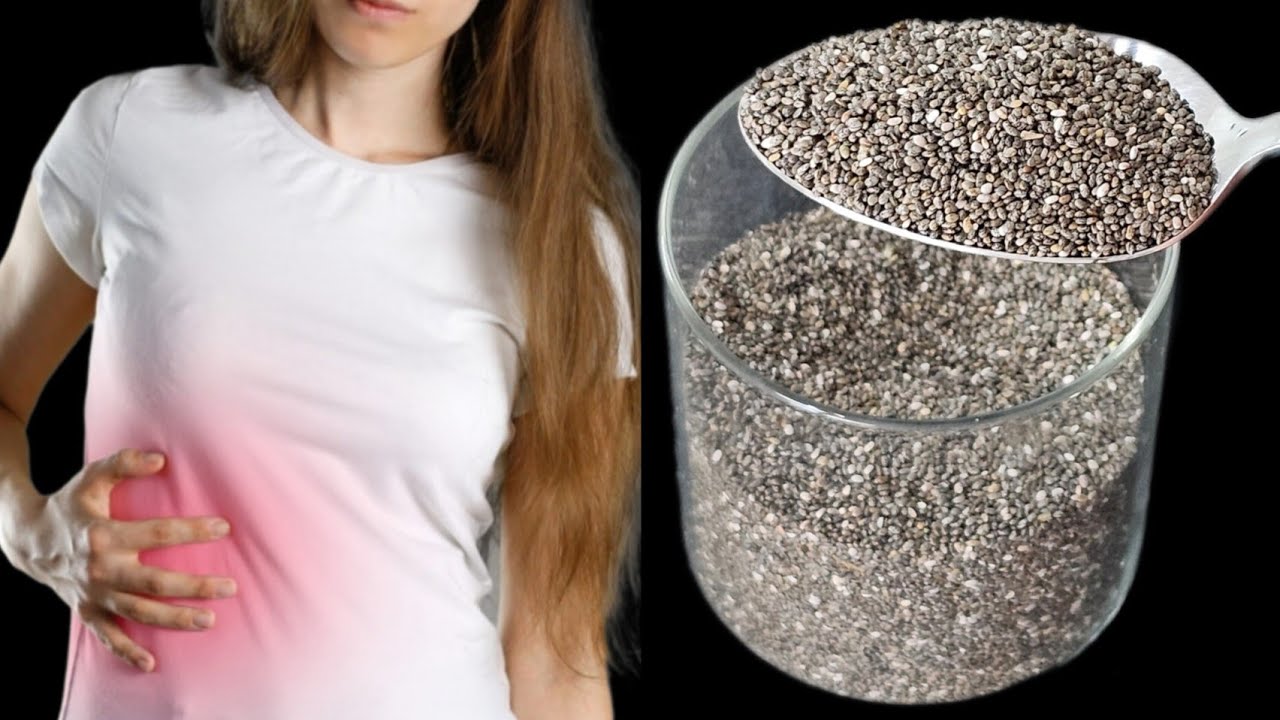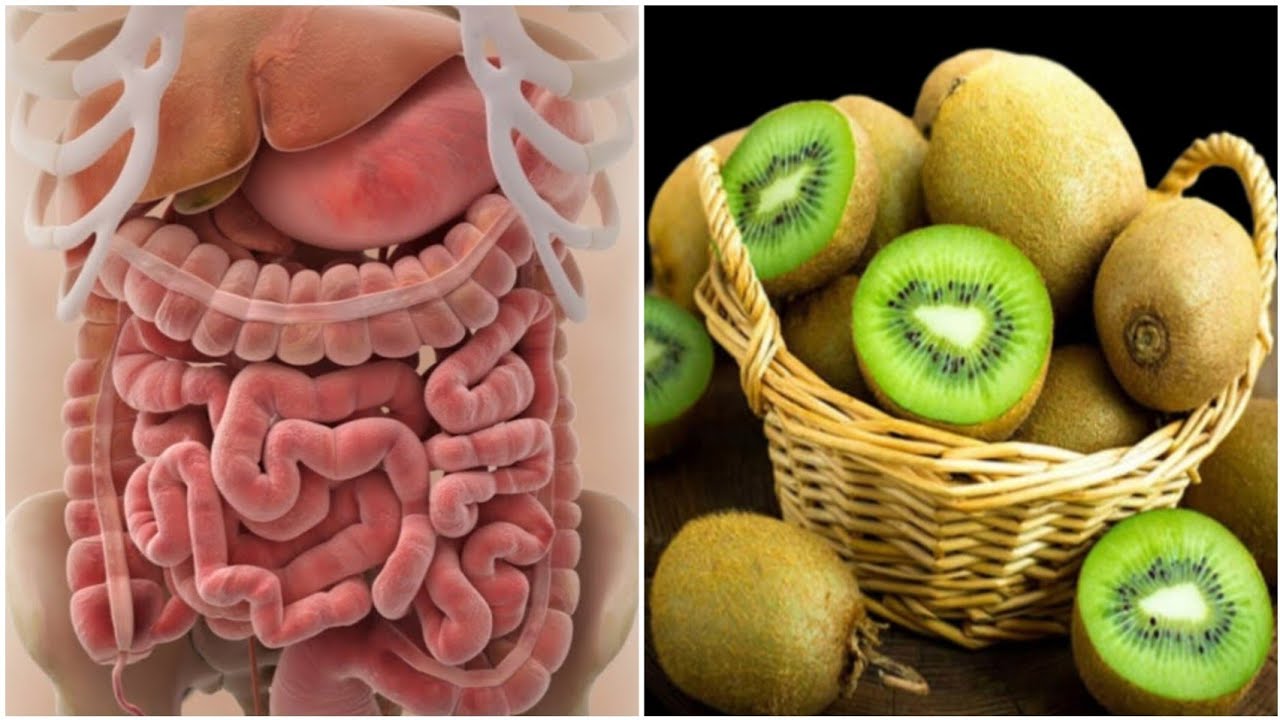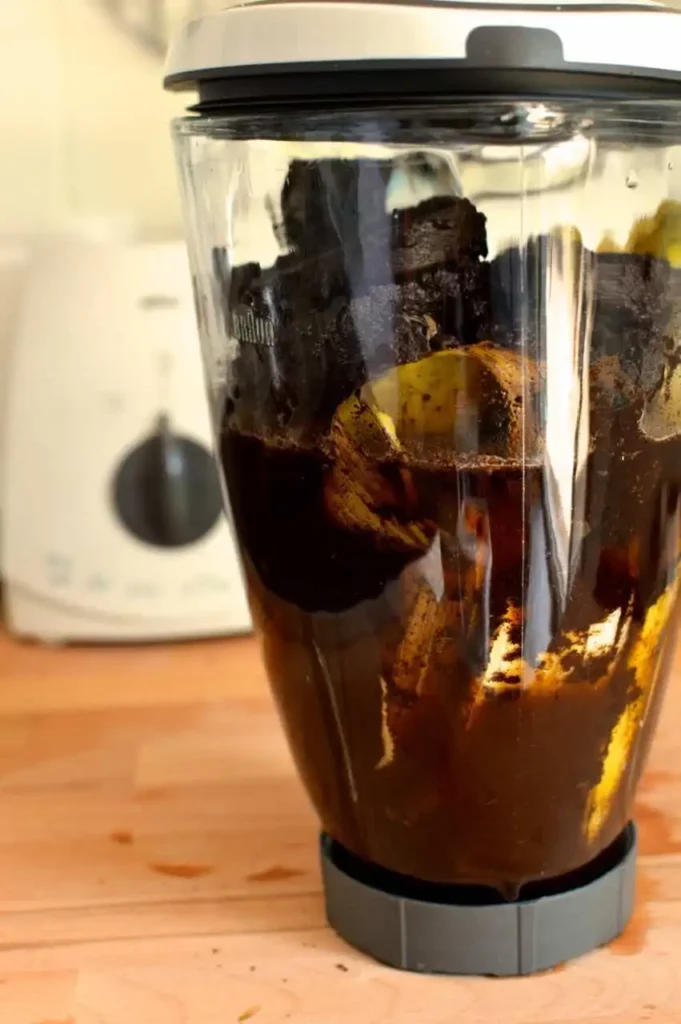
Creating homemade fertilizers is a fantastic way to nourish your plants using everyday items found at home. Here are two simple and effective options:
1. Banana Peels: A Potassium Powerhouse
Why Banana Peels? Banana peels are rich in potassium, an essential nutrient that helps strengthen plant roots, promotes flowering, and improves overall plant health.
How to Use:
-
Bury the Peels: Chop banana peels into small pieces and bury them in the soil around your plants. As they decompose, they will release potassium and other nutrients into the soil.
-
Soak for Liquid Fertilizer: Soak banana peels in water for 24-48 hours. Use the resulting liquid to water your plants. This method quickly delivers nutrients directly to the roots.
2. Coffee Grounds: Perfect for Acid-Loving Plants
Why Coffee Grounds? Coffee grounds are slightly acidic and rich in nitrogen, making them perfect for acid-loving plants like azaleas, blueberries, and roses.
How to Use:
-
Direct Application: Sprinkle used coffee grounds around the base of your plants. This method helps improve soil structure and adds organic matter.
-
Composting: Add coffee grounds to your compost pile. They contribute nitrogen, which helps speed up the decomposition process and enriches the compost.
More Homemade Fertilizer Options
-
Eggshells: Crush and sprinkle around plants for a calcium boost.
-
Epsom Salt: Dissolve in water for magnesium, which helps with photosynthesis.
-
Molasses: Dilute in water to feed beneficial soil microbes.
-
Aquarium Water: Use as a nutrient-rich watering solution.
-
Wood Ash: Sprinkle for potassium and calcium.
-
Gelatin: Dissolve in water for nitrogen, promoting leafy growth.
-
Milk: Mix with water for calcium and protein.
-
Seaweed: Rinse and chop for a mineral-rich boost.
-
Vegetable Scraps: Boil and use the broth as a nutrient-rich fertilizer.
-
Weed Tea: Steep weeds in water to create a nutrient-rich fertilizer.
Experiment and Nourish
Experiment with these homemade fertilizers to find what works best for your plants. Combining different types can provide a balanced nutrient profile, promoting robust and healthy plant growth. Happy gardening!
4o
